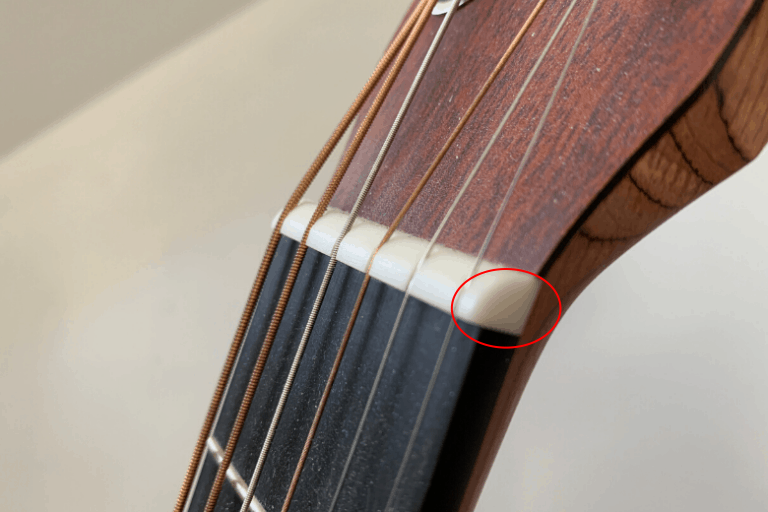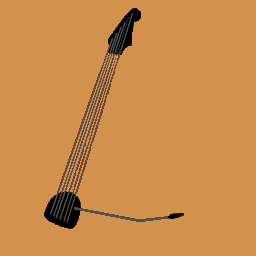Hey there. I have an Ibanez AX-7221 (Japanese made version) that has a damaged nut. I need to replace it, but am financially locked but do have access to a 3d printer.
Are there materials that can be printed which would be ok for this task and stand up to the stresses?
Edit: <3 to everyone that has given advice here. Much better than the 3d printing community’s answers I got.
I used a 3D printed nut for the rebec I posted in this community. PLA works best because of it’s high stiffness, even better if it’s PLA-CF. Make sure to add enough perimeters to not get hollow spaces in the nut.
If you manage to print it standing on its side (add a brim!), then the layer lines will follow string direction and the strings will glide better on the nut.
Make sure to add enough perimeters to not get hollow spaces in the nut.
Oh I was going to make 100% solid.
If you manage to print it standing on its side (add a brim!), then the layer lines will follow string direction and the strings will glide better on the nut.
You mean from the end here as circled?

On of the thing I was actually also considering was making small tabs that I could use to keep it from sliding side to side and still replaceable. Think that would be wise or just glue the bastard down?
You mean from the end here as circled?
Yes, exactly!
On of the thing I was actually also considering was making small tabs that I could use to keep it from sliding side to side and still replaceable. Think that would be wise or just glue the bastard down?
Just use a tiny drop of superglue to hold it in place. It can still be carefully broken out and be replaced this way. The rest is done by string tension.
Yes, exactly!
Cool, will do. Can’t be harder than the Ocarina I printed, lol.
Just use a tiny drop of superglue to hold it in place. It can still be carefully broken out and be replaced this way. The rest is done by string tension.
Gotcha. Here’s to hoping I don’t mess this up! Thanks for your advice!
3D prints rarely fail in compression, so I suspect you’ll likely be fine. You can probably get away without glueing it down, so even if they have a finite life you could replace them as needed.
You will likely want something that’s on the durable side of the spectrum, vs hard and brittle. IMO best to worst: ASA/ABS, PETG, PLA+, PLA.
I have never tried it, but I would think most of the stress would be compression as the strings tighten they press down on the nut since it is a little elevated.
Good thing is that if you print it such that the layers are parallel to the stress then it should be ok (basically the normal way your print it) As far as material, I wouldn’t care too much. Pla is probably fine, abs as well.
I’d be curious if anyone has tried it and has practical experience.
Yeah, I’ve seen nut models on thingiverse and such, but no one really has said anything in the comments of these models if they work or not. There are also no 7 string nut examples so I’ll have to model one for this guitar in particular.
The other issue I’m seeing in making this is that the strings themselves seem to be at different distances from each other. 5.1mm between the B string and the E, 5.5mm between the E and A, 6.3mm between the A and D and so on. (Though I’m sure I’m measuring it wrong as this is something I’ve never done. I’m using digital calipers to measure the actual distance between the strings themselves and I’m assuming I should be measuring dead center?)
Personally, I would measure the gap between strings as well as string with. Calipers work best when you can measure against something - not center to center distances. You’ll need string diameters anyway to make the indentations for them to ride in.
Yeah, I have a new set ready to go. Either 57 or 59. (The B) I’m just hoping that printing can pull off the slot needed for the high E.



